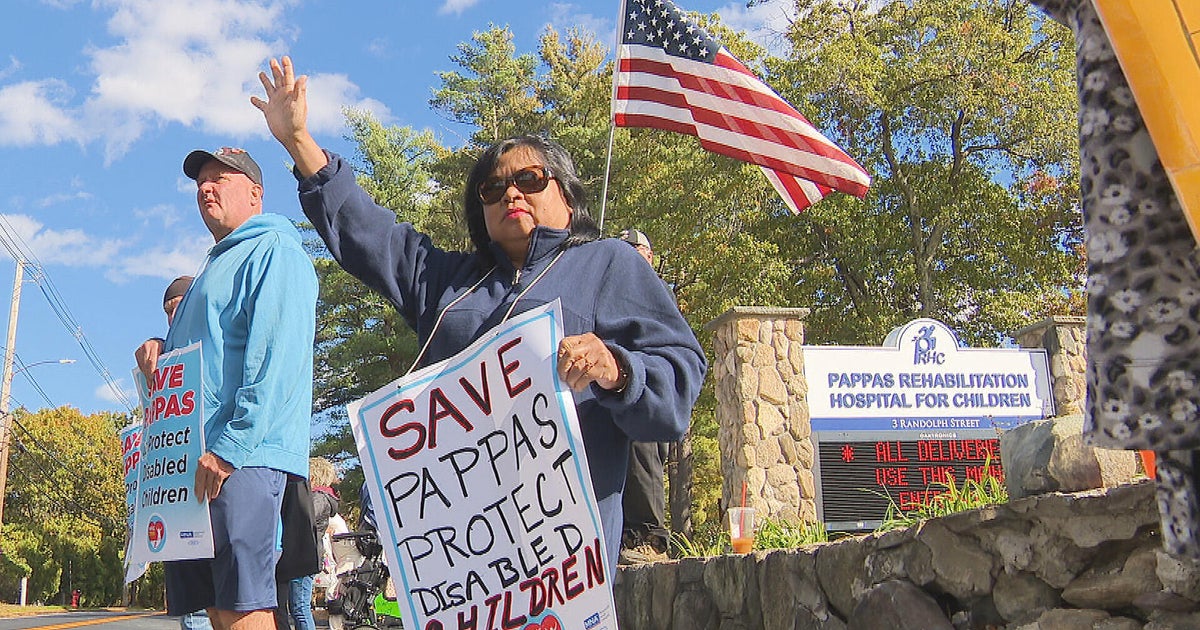
New York Restoration Project
New York Restoration Project (NYRP) restores parks, community gardens, and open spaces throughout NYC 🌱 New York Restoration Project (NYRP) restores parks, community gardens, and open spaces throughout NYC At New York Restoration Project (NYRP), we believe everyone deserves access to beautiful, high-quality public green space. Since our founding in 1995, we have partnered with underserved communities throughout New York City to take back public space by picking up trash, planting trees, and renovating parks and gardens. As the city’s only citywide nature conservancy dedicated to serving low-income communities, we bring private resources to spaces that need support; under our stewardship these parks and gardens thrive, providing opportunities for local residents to gather, recreate, learn, grow, and socialize.
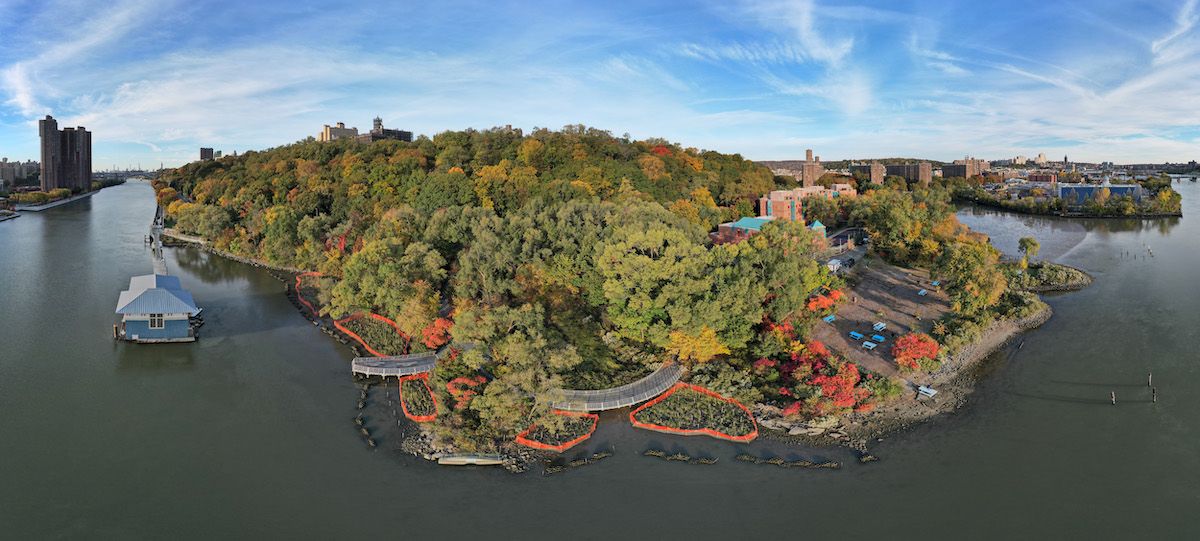
Founded
1997
16000
X (Twitter)
12337
Traffic
1288182
From Social media
News about from their social media (Facebook and X).
Data about organisation
Environmental Beautification Category
Organisations with similar rank to New York Restoration Project in category Environmental Beautification

19. ALABAMA STATE PARKS FOUNDATION
The Alabama State Parks Foundation is a philanthropic partner of the Parks Administration.

20. Let’s Thrive Baltimore Inc.
We envision a city that is thriving for youth and families.

21. New York Restoration Project
New York Restoration Project (NYRP) restores parks, community gardens, and open spaces throughout NYC.
22. Downtown Danville Partnership Inc
A perfect destination getaway or a stop along the way, just west of Indianapolis.

23. Memorial Park Conservancy, Inc.
Restore.
New York
Organisations from New York Restoration Project

542. World Conference of Religions for Peace Inc
Religions for Peace is a global interfaith peacebuilding coalition in nearly 100 countries across 6 regions.

543. The Shalom Hartman Institute of North America
The Shalom Hartman Institute is a leading center of Jewish thought and education.

544. New York Restoration Project
New York Restoration Project (NYRP) restores parks, community gardens, and open spaces throughout NYC.

Left Forum brings together organizers, intellectuals and the public from across the globe to share id.

546. INTERNATIONAL PEACE INSTITUTE INC
Advancing Solutions for a Peaceful Planet.
Interesting nearby
Interesting organisations close by to residence of New York Restoration Project

Non-profit contemporary art organization and producers of an award-winning @PBS series.

New York Restoration Project (NYRP) restores parks, community gardens, and open spaces throughout NYC.

The Garden of Dreams Foundation is a non-profit organization that works with MSG Entertainment and M.
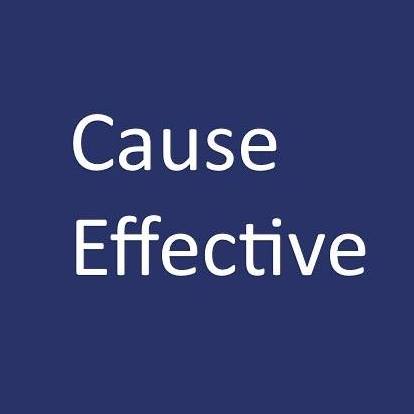
Cause Effective transforms nonprofits by partnering with mission-driven leaders to achieve social ch.
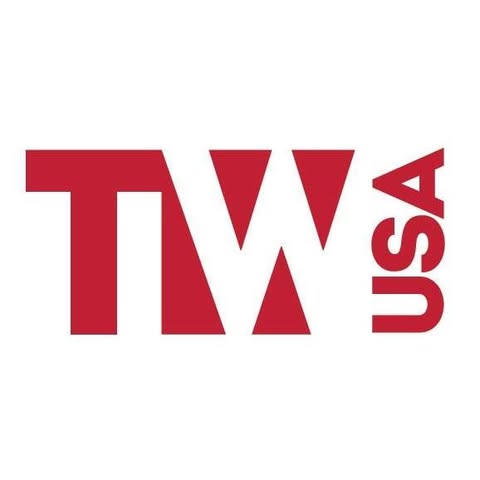
TheaterWorksUSA creates transformative theatrical experiences for young and family audiences.

Amateur Astronomers Association
Amateur Astronomers Association, Inc.
Similar social media (28337)
Organisations with similar social media impact to New York Restoration Project

33913. MISSISSIPPI STATE CHAPTER OF PI KAPPA
Pi Kappa Phi is a national men's fraternity founded in 1904.

33914. PI KAPPA PHI FRATERNITY
Pi Kappa Phi is a national men's fraternity founded in 1904.

33915. New York Restoration Project
New York Restoration Project (NYRP) restores parks, community gardens, and open spaces throughout NYC.

The South Side Weekly is an independent newspaper for and by Chicago's South Side.
Similar traffic
Organisations with similar web traffic to New York Restoration Project

America's leading magazine on the art and politics of the cinema.
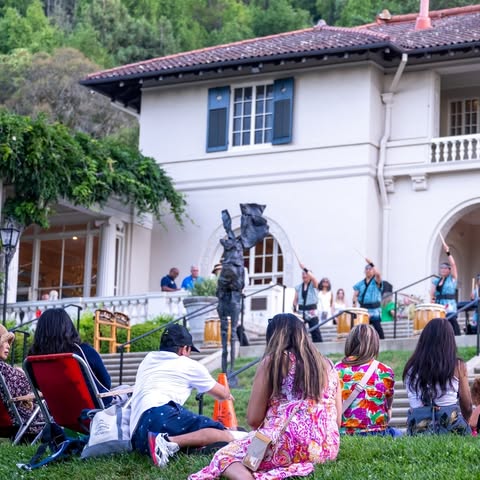
A historic non-profit arts center located in Saratoga, California.

64711. New York Restoration Project
New York Restoration Project (NYRP) restores parks, community gardens, and open spaces throughout NYC.
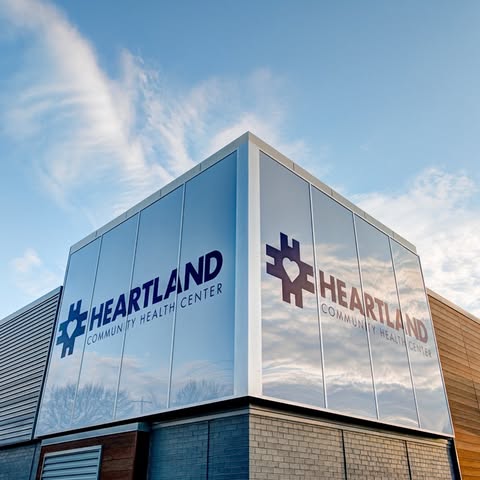
64712. HEARTLAND MEDICAL CLINIC INC
Comprehensive primary care, dental, and mental health for all, regardless of income or insurance status.

64713. Cincinnati USA Regional Chamber Foundation
Our Purpose is to grow the vibrancy & economic prosperity of our region Our Vision is that Cincinnati is a growing, thriving region where everyone belongs.
Join us and make a difference for the future!
Sign Up
Please fill in your information. Everything is free, we might contact you with updates (but cancel any time!)
Sign in with GoogleOr
Good News
After 20 years, the Parthenon is finally free of scaffolding! 🎉 Its stunning ancient beauty can be admired in all its glory once again. A true testament to preservation and love for history! 🏛️✨ #GoodNews #CulturalHeritage #Parthenon
The Parthenon Is Finally Free of Scaffolding - and It's More Breathtaking Than Ever
Home
Like Comment🌏✨ Exciting news! 38 countries in the Western Pacific region have united to tackle cross-border health emergencies. This collaborative effort under the WHO aims to enhance our global health response! Together, we can create a healthier future! 💪💚 #GlobalHealth #Collaboration #Positivity
Western Pacific countries and areas join forces to prevent cross-border health emergencies
ReliefWeb
Like Comment





